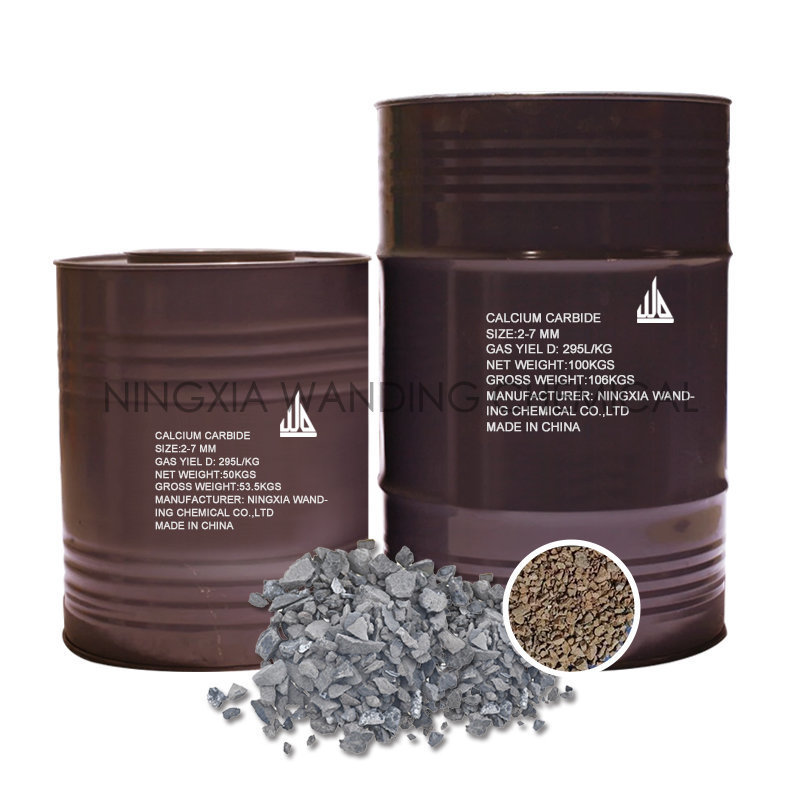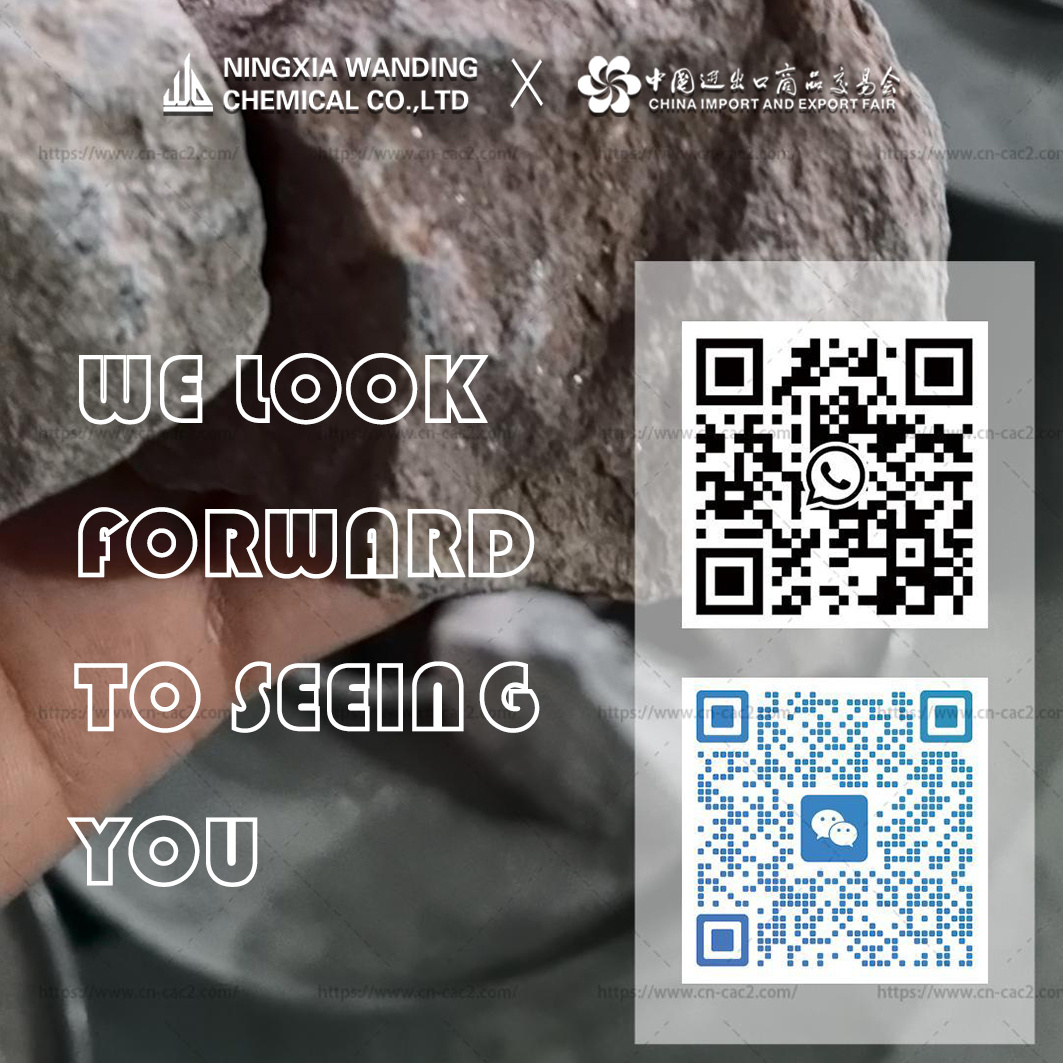Harnessing the Potential of Calcium Carbide in Non-Ferrous Mineral Extraction
Release Time:
2025-01-28
Harnessing the Potential of Calcium Carbide in Non-Ferrous Mineral Extraction Table of Contents 1. Introduction to Calcium Carbide and Its Significance 2. Understanding Non-Ferrous Minerals 3. The Chemical Properties of Calcium Carbide 4. Applications of Calcium Carbide in Mineral Extraction 4.1. Role in Carbide Production 4.2. Impact on Smelting Processes 5. Environmental Considerations in Using
Harnessing the Potential of Calcium Carbide in Non-Ferrous Mineral Extraction
Table of Contents
1. Introduction to Calcium Carbide and Its Significance
2. Understanding Non-Ferrous Minerals
3. The Chemical Properties of Calcium Carbide
4. Applications of Calcium Carbide in Mineral Extraction
4.1. Role in Carbide Production
4.2. Impact on Smelting Processes
5. Environmental Considerations in Using Calcium Carbide
6. Innovations in Calcium Carbide Usage
7. Challenges and Solutions in Non-Ferrous Mineral Extraction
8. Future Prospects for Calcium Carbide in the Mining Industry
9. Frequently Asked Questions
10. Conclusion
1. Introduction to Calcium Carbide and Its Significance
Calcium carbide (CaC2) is a pivotal compound in the mining and metallurgy sectors. Known for its versatility, calcium carbide plays a crucial role in the extraction of non-ferrous minerals, facilitating various processes that enhance the efficiency and effectiveness of mineral recovery. As the demand for non-ferrous metals increases, understanding the utilization of calcium carbide becomes ever more pertinent.
2. Understanding Non-Ferrous Minerals
Non-ferrous minerals encompass a broad range of metals that do not contain significant quantities of iron. Key examples include copper, aluminum, lead, zinc, and nickel. These minerals are essential for various industries, including construction, automotive, and electronics, due to their desirable properties such as conductivity, malleability, and resistance to corrosion. The extraction of these minerals often requires advanced chemical processes, where calcium carbide comes into play.
3. The Chemical Properties of Calcium Carbide
Calcium carbide is a greyish-black solid that reacts with water to produce acetylene gas and calcium hydroxide. It exhibits high reactivity, particularly with moisture, making it an excellent agent in mineral reduction processes. The compound’s ability to generate acetylene, a key precursor in various chemical syntheses, further amplifies its significance in the mining industry.
4. Applications of Calcium Carbide in Mineral Extraction
Calcium carbide is employed in several critical applications that enhance mineral extraction processes.
4.1. Role in Carbide Production
In mineral extraction, calcium carbide is often used to produce various carbide compounds that facilitate the reduction of metal ores. Its application in producing calcium cyanamide, for instance, aids in the extraction of precious metals such as gold and silver. By acting as a reducing agent, calcium carbide helps to lower the energy requirements of the extraction process.
4.2. Impact on Smelting Processes
Calcium carbide significantly influences smelting operations. It serves as a desulfurizing and dephosphorizing agent, improving the quality of the extracted metals. By minimizing impurities, calcium carbide enhances the yield of non-ferrous metals, making the smelting process more efficient and cost-effective.
5. Environmental Considerations in Using Calcium Carbide
While calcium carbide has numerous benefits, its use raises certain environmental concerns. The production of acetylene gas during its reaction with moisture can lead to emissions that may impact air quality. Moreover, improper handling and disposal can result in soil and water contamination. Thus, it is essential for mining operations to adopt stringent environmental management practices to mitigate these risks.
6. Innovations in Calcium Carbide Usage
Ongoing research is focused on enhancing the applications of calcium carbide in mineral extraction. Innovations such as eco-friendly production methods and alternative uses in other industries are emerging. For instance, advancements in carbide-based fertilizers are being explored, which could potentially revolutionize agricultural practices while also benefiting mineral extraction.
7. Challenges and Solutions in Non-Ferrous Mineral Extraction
The mining industry faces various challenges, from fluctuating metal prices to environmental regulations. Additionally, the availability of high-quality calcium carbide can impact production rates. To navigate these challenges, mining operations are increasingly looking at integrating innovative technologies, such as automation and data analytics, to optimize processes and reduce costs.
8. Future Prospects for Calcium Carbide in the Mining Industry
The future of calcium carbide in non-ferrous mineral extraction appears promising. As the industry seeks more efficient and sustainable methods, calcium carbide's unique properties will continue to be harnessed. Research into alternative applications and environmental solutions will further enhance its role, ensuring it remains a valuable asset in mining operations.
9. Frequently Asked Questions
Q1: What is calcium carbide used for in mining?
A1: Calcium carbide is primarily used as a reducing agent in the extraction of non-ferrous metals, improving the efficiency and quality of metal recovery.
Q2: Are there any environmental concerns related to calcium carbide?
A2: Yes, the production of acetylene gas and potential contamination of soil and water are significant environmental concerns associated with calcium carbide.
Q3: How does calcium carbide enhance the smelting process?
A3: Calcium carbide acts as a desulfurizing and dephosphorizing agent, helping to improve the purity and yield of extracted metals during smelting.
Q4: What innovations are being explored for calcium carbide usage?
A4: Innovations include eco-friendly production methods and applications in fertilizers, which may benefit both agriculture and mineral extraction.
Q5: What challenges does the mining industry face today?
A5: The mining industry faces challenges such as fluctuating metal prices, environmental regulations, and the need for high-quality materials like calcium carbide.
10. Conclusion
In conclusion, calcium carbide plays a vital role in the extraction of non-ferrous minerals, offering a range of applications that enhance efficiency and effectiveness in mining. As industries evolve, the importance of this compound will only grow, paving the way for innovations that will shape the future of mineral extraction. By addressing environmental concerns and optimizing usage, we can harness the full potential of calcium carbide, ensuring it remains a cornerstone of the mining industry for years to come.
News Hotspot


















